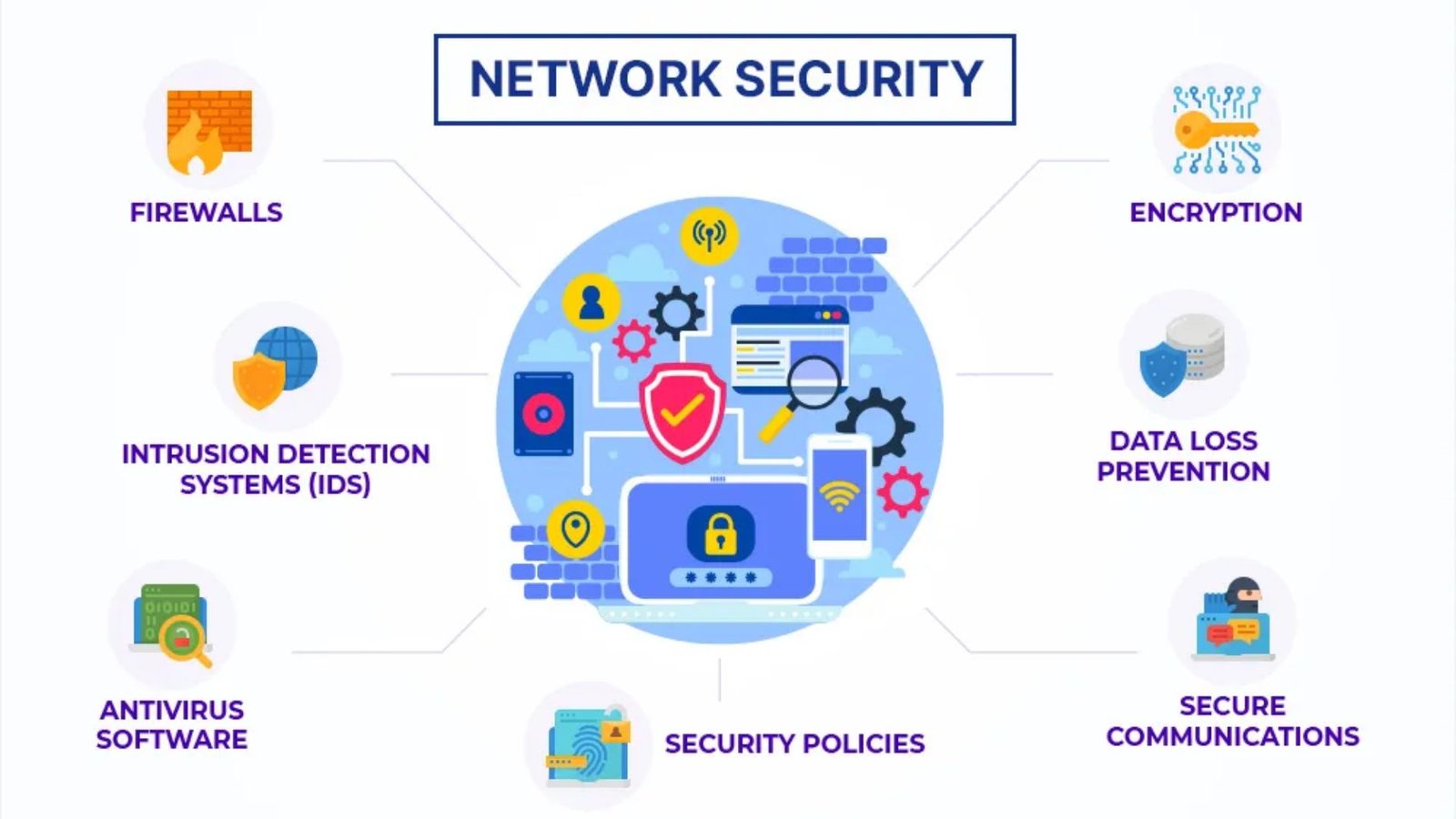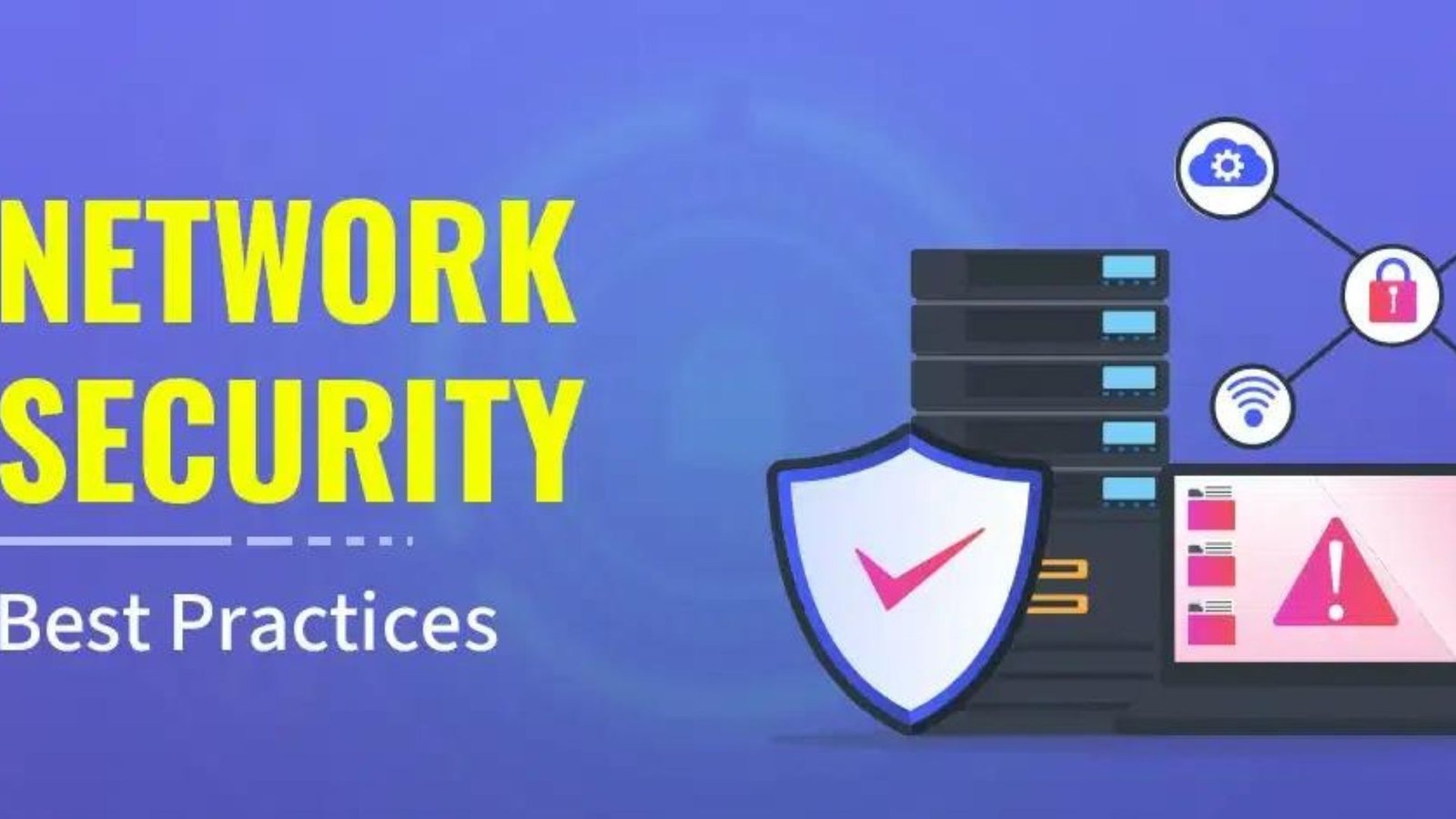Tips for Maintaining Secure Telecommunications Networks
Maintaining secure telecommunications networks is crucial in today’s digital world. With increasing threats to network security, it’s essential to implement robust measures to protect your telecommunications infrastructure. Here’s a guide on how to effectively maintain secure telecommunications networks and safeguard your sensitive information.
Understand the Threat Landscape
To maintain secure telecommunications networks, start by understanding the current threat landscape. Cyber threats such as hacking, phishing, and malware are evolving continuously. By staying informed about the latest threats and vulnerabilities, you can better prepare your network defences. Regularly review threat intelligence reports and security advisories to keep up-to-date with emerging risks.

Implement Strong Authentication Mechanisms
Strong authentication mechanisms are fundamental to maintaining secure telecommunications networks. Use multi-factor authentication (MFA) to add an extra layer of security. MFA requires users to provide two or more verification factors, such as a password and a mobile verification code. This additional step makes it harder for unauthorized individuals to gain access to your network.
Keep Software and Firmware Updated
Regular updates to software and firmware are essential for network security. Vendors frequently release updates to address security vulnerabilities and improve functionality. Ensure that all network devices, including routers, switches, and firewalls, are updated with the latest patches and firmware. This practice helps in closing security gaps that could be exploited by attackers.
Use Encryption for Data Protection
Encryption is a critical component of maintaining secure telecommunications networks. Encrypt data both in transit and at rest to protect it from unauthorized access. Encryption converts data into a coded format that can only be read by those with the decryption key. This ensures that even if data is intercepted, it remains unreadable to attackers.
Implement Network Segmentation
Network segmentation involves dividing your network into smaller, isolated segments. This approach limits the spread of threats and minimizes the impact of potential breaches. By isolating sensitive data and critical systems, you can reduce the risk of unauthorized access and make it easier to monitor and control network traffic.
Regularly Monitor Network Traffic
Continuous monitoring of network traffic is crucial for identifying and responding to security threats. Use network monitoring tools to track data flow, detect unusual activity, and analyze traffic patterns. Regular monitoring helps in early detection of potential threats and allows for prompt action to mitigate risks.
Conduct Regular Security Audits
Performing regular security audits is essential for maintaining secure telecommunications networks. Audits help in identifying vulnerabilities, assessing the effectiveness of security measures, and ensuring compliance with security policies. Schedule periodic audits to evaluate your network’s security posture and make necessary improvements.
Educate and Train Employees
Employee awareness and training play a significant role in maintaining secure telecommunications networks. Conduct regular training sessions on security best practices, such as recognizing phishing attempts and using strong passwords. Educated employees are less likely to fall victim to security threats and can contribute to a more secure network environment.
Implement Access Controls
Access controls are vital for protecting sensitive information within your network. Implement role-based access controls (RBAC) to ensure that users have access only to the data and systems necessary for their roles. Regularly review and update access permissions to reflect changes in employee roles or responsibilities.
Backup Data Regularly
Regular data backups are crucial for recovering from security incidents and data loss. Schedule automatic backups of critical data and store them in a secure location. Ensure that backup copies are encrypted and tested regularly to verify their integrity and usability in case of a recovery need.
Deploy Intrusion Detection and Prevention Systems
Intrusion detection and prevention systems (IDPS) are essential for maintaining secure telecommunications networks. These systems monitor network traffic for signs of suspicious activity and can automatically block or alert you to potential threats. An effective IDPS enhances your network’s ability to detect and respond to security incidents in real time.
Secure Physical Network Infrastructure
Physical security is just as important as digital security for maintaining secure telecommunications networks. Protect network hardware by securing server rooms, using access controls, and implementing surveillance systems. Physical security measures help prevent unauthorized access and tampering with network devices.
Develop an Incident Response Plan
An incident response plan is crucial for addressing security breaches and minimizing damage. Develop a comprehensive plan that outlines procedures for detecting, responding to, and recovering from security incidents. Regularly review and update the plan to ensure it remains effective and relevant to evolving threats.
Conclusion
Maintaining secure telecommunications networks requires a proactive approach and ongoing vigilance. By understanding threats, implementing strong authentication, and keeping software updated, you can enhance your network security. Utilize encryption, network segmentation, and monitoring tools to protect your data and infrastructure. Regular audits, employee training, and effective access controls further contribute to a secure network environment. By following these tips, you can safeguard your telecommunications network from potential threats and ensure robust protection for your sensitive information.



